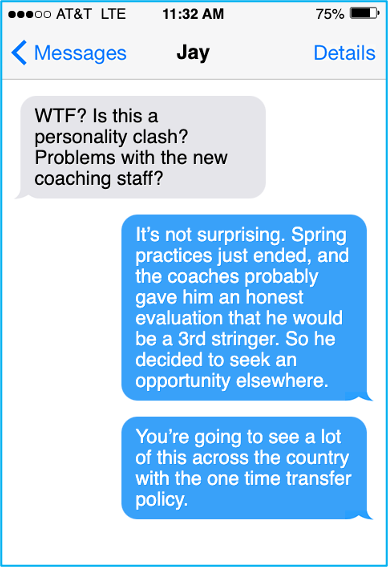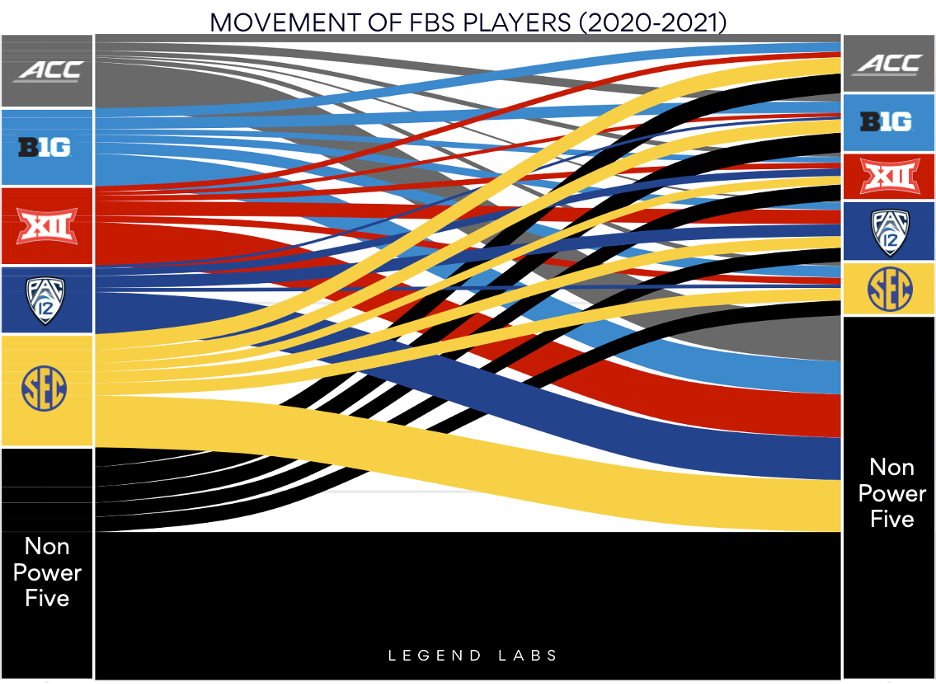
A close friend texted me the other day in a moment of panic. He shared an article announcing that a player from our alma mater’s football team was transferring to a school on the West Coast.


Only adding to the market saturation is the effect that the COVID-19 pandemic has had on college athletics and the dramatic increase in the number of super seniors – athletes granted extra eligibility due to extenuating circumstances (like a global pandemic). The result is that more student-athletes have an extra year of eligibility and are looking to use it, putting strains on team roster numbers across the country. These developments will inevitably bring speculation and concern from fans who tend to assume the worst – namely that player transfers are the result of problems within the program or on campus.
As for the student-athletes, some treat the portal like a dating website – eager to see if there is a prospective suitor around the corner, unaware of potential consequences. The hard reality is that while COVID-19 has given athletes an extra year of eligibility, it has also reduced the number of available roster spots across the country. Many programs have had to cut down on scholarships and even shutter some non-revenue sports to deal with the economic fallout of the Pandemic. As a result, student-athletes who enter the portal without a confirmed destination may quickly find themselves without a home as schools are well within their right to end a scholarship agreement at the end of the academic term.

In this new reality for college athletics, it becomes the job of coaches and administrators to act as educators – effectively communicating the realities of this new environment to fans, media, and most importantly, student-athletes. Be honest and transparent, and make sure members of your department are well versed in the University’s stance on the issue so they can effectively communicate to constituents in formal and informal settings. This may also be an opportunity for Conference communications to step in as a neutral party to educate all student-athletes within their purview.
As for fans, it’s important to emphasize in all external communications that the college athletics landscape has changed forever. It doesn’t matter what conference your team is in, rosters will change, and players will move to wherever they think the best opportunity resides.




